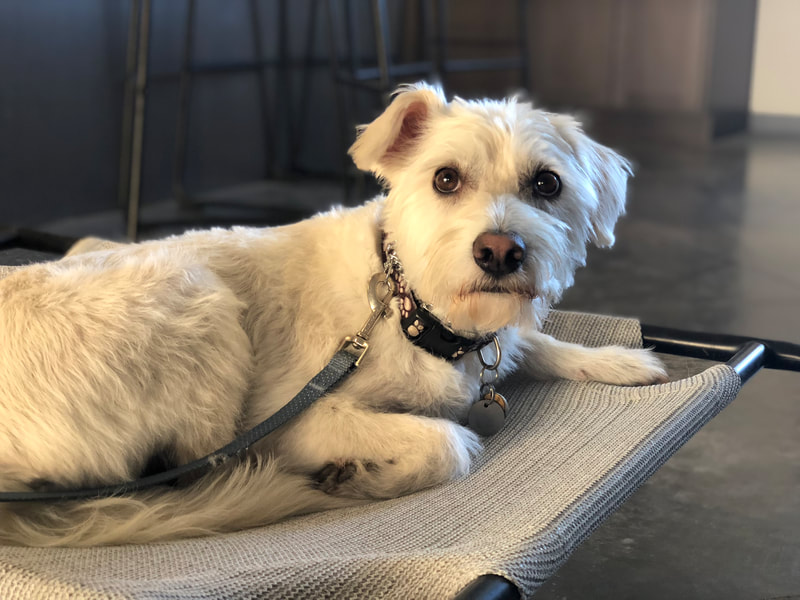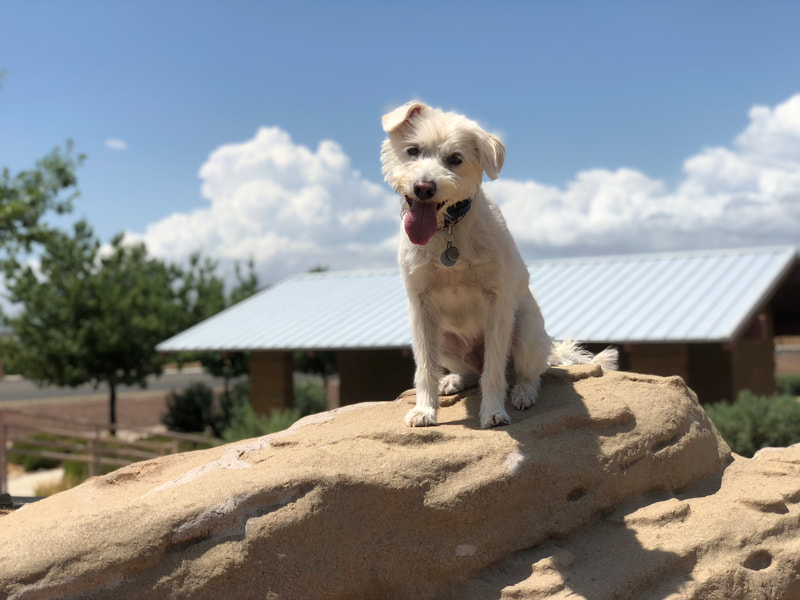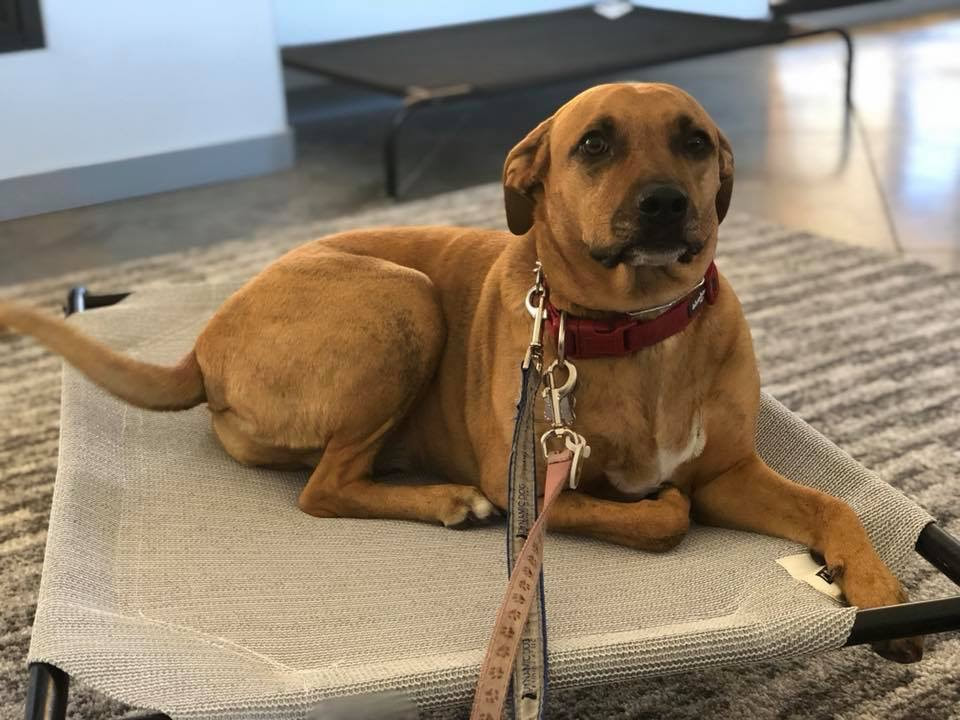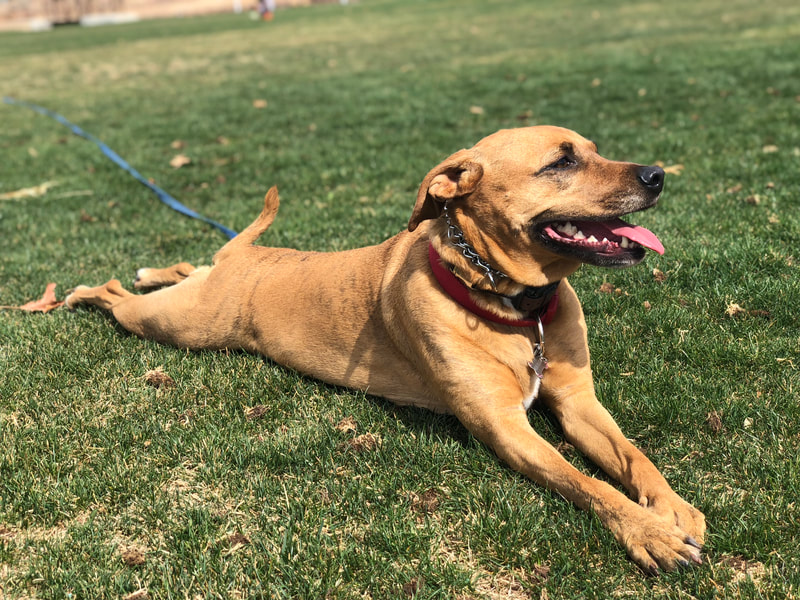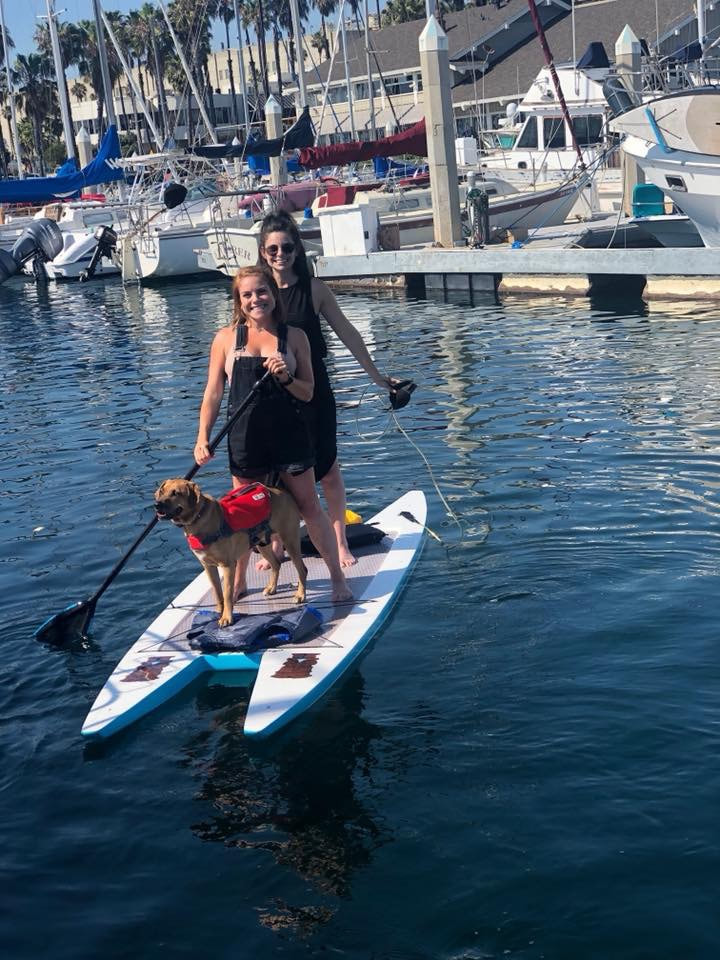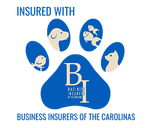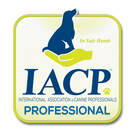Fearful Insecure Anxiety Dog Boarding and Training in Phoenix AZ
Fearful, Insecure, Anxiety Dog Boarding and Training in Phoenix, AZ
With a board and train, these behaviors can be the most transformational rehabilitation, although they take the longest to rehabilitate. They usually require a four week board and train, for a few reasons.
One, a lot of fear, insecurity and anxiety is genetic, meaning the dog was born with a certain level of either one of these and without proper training and leadership from the earliest days, it is probably getting worse over time. As you can imagine, me cutting through genetic layers of behavior, possibly patterned over years, takes time to rehabilitate.
Two, I’ve seen many cases where the dog was born fairly confident and as it starts approaching maturity, it is losing confidence over time “for no reason” (there’s always a reason). It is also possible that something traumatic has happened to the dog to cause a fear response and the trauma was not handled appropriately or timely. Now, you have a two year old dog with a patterned behavior of fear/insecurity/anxiety, no trust in themselves and/or their owners and that takes time to rehabilitate.
Three, the training process for these dogs is about the same as it is for a dog just coming in for obedience training but the processes are longer. The following scenario is the usual scenario; obviously no two dogs are the same and they all advance at their own rate: The first week is usually me building trust with the dog. I’m doing a lot of Place Command to work on the dogs state of mind. We move slowly but speed up when the dog is ready. We train daily but often the dogs anxiety slows their learning. The second week is continued repetition with the training commands, solidifying the e collar training, more state of mind training and as soon as I see glimpses of trust and confidence coming through, I am taking advantage of those moments to start pushing the dog and their confidence training. By the end of their second week, they usually are blowing their owners away with what they are able to accomplish but weeks three and four is where the magic happens! I have full trust, the dog is fully on board with their training, they are having fun with training and I can start taking them out into the great big world for immersion training! (Week two is too early for this, week three depends on the dog and if done too early, I can lose some of the trust that I’ve gained.)
Taking a dog out for real-world training opportunities and having their new training override their fear/insecurity and anxiety is where the magic lies! This will continue improving their confidence and also yours. With my daily updates, you seeing what your dog is able to accomplish will give you the confidence to know that one day you and your dog will also be able to get out and do the same!
Four weeks is only four weeks. Most of these dogs won’t be “cured” or have reached their full potential. They will be significantly more confident. They will have the foundation you need to continue with their rehabilitation. They will understand the tools that you will use. And now it’s time for me to train you so that you can continue what I’ve started. Imagine what they’ve accomplished in four weeks and then four more weeks with you and then four more weeks… Your confidence will continue to increase and so will theirs..in themselves and YOU!
I have had people ask me for private lessons because they don’t want their fearful dog to leave the comfort of their home for board and train. This is a actual email response I wrote to one of those people:
“I would only help Maya in a board and train situation. She needs a full, 4 week rehabilitation by a confident professional to get her to be the best possible version of herself. It is my experience that non-dog trainers can't see the little important things that add up to the bigger things, can't alter training techniques and mirroring techniques to help the dog progress at a steady rate, there's so many little nuances that I cannot teach you to get her where she needs to be. It comes from years of practice. It's like thinking you could put a filling in a tooth because you watched a you tube video. Regarding "away from home training", if it's a financial issue, I understand. If it's anything else based on her "fear" of leaving your home, you being afraid she will feel abandoned, being a flight risk, etc., if you've watched my videos and seen what can be done with board and train, then you would know your type of dog is the type that benefits the most from board and train. Sending her away for the training is a step to the greater good. Any uncomfortable feelings on her part or yours is short lived. She needs a strong foundation so you can continue it. Low level e collar training is a life changer for these dogs and the confidence they receive from it and board and train is immeasurable. Watching the transformation will make you wonder why you waited so long.”
You can sense that Maya’s owner was fearful. I don’t believe a fearful person can rehabilitate a fearful dog. I believe one-on-one training in board and train is actually less stressful to the dog vs. a stranger coming into the home and handling a fearful dog with no time to gain trust. I believe owner and dog greatly benefit from a ‘restart’, away from each other and away from a house that has likely become a accidental toxic environment. And remember, most aggression comes fear, insecurity or anxiety. Aggressive dogs need more time too.
One, a lot of fear, insecurity and anxiety is genetic, meaning the dog was born with a certain level of either one of these and without proper training and leadership from the earliest days, it is probably getting worse over time. As you can imagine, me cutting through genetic layers of behavior, possibly patterned over years, takes time to rehabilitate.
Two, I’ve seen many cases where the dog was born fairly confident and as it starts approaching maturity, it is losing confidence over time “for no reason” (there’s always a reason). It is also possible that something traumatic has happened to the dog to cause a fear response and the trauma was not handled appropriately or timely. Now, you have a two year old dog with a patterned behavior of fear/insecurity/anxiety, no trust in themselves and/or their owners and that takes time to rehabilitate.
Three, the training process for these dogs is about the same as it is for a dog just coming in for obedience training but the processes are longer. The following scenario is the usual scenario; obviously no two dogs are the same and they all advance at their own rate: The first week is usually me building trust with the dog. I’m doing a lot of Place Command to work on the dogs state of mind. We move slowly but speed up when the dog is ready. We train daily but often the dogs anxiety slows their learning. The second week is continued repetition with the training commands, solidifying the e collar training, more state of mind training and as soon as I see glimpses of trust and confidence coming through, I am taking advantage of those moments to start pushing the dog and their confidence training. By the end of their second week, they usually are blowing their owners away with what they are able to accomplish but weeks three and four is where the magic happens! I have full trust, the dog is fully on board with their training, they are having fun with training and I can start taking them out into the great big world for immersion training! (Week two is too early for this, week three depends on the dog and if done too early, I can lose some of the trust that I’ve gained.)
Taking a dog out for real-world training opportunities and having their new training override their fear/insecurity and anxiety is where the magic lies! This will continue improving their confidence and also yours. With my daily updates, you seeing what your dog is able to accomplish will give you the confidence to know that one day you and your dog will also be able to get out and do the same!
Four weeks is only four weeks. Most of these dogs won’t be “cured” or have reached their full potential. They will be significantly more confident. They will have the foundation you need to continue with their rehabilitation. They will understand the tools that you will use. And now it’s time for me to train you so that you can continue what I’ve started. Imagine what they’ve accomplished in four weeks and then four more weeks with you and then four more weeks… Your confidence will continue to increase and so will theirs..in themselves and YOU!
I have had people ask me for private lessons because they don’t want their fearful dog to leave the comfort of their home for board and train. This is a actual email response I wrote to one of those people:
“I would only help Maya in a board and train situation. She needs a full, 4 week rehabilitation by a confident professional to get her to be the best possible version of herself. It is my experience that non-dog trainers can't see the little important things that add up to the bigger things, can't alter training techniques and mirroring techniques to help the dog progress at a steady rate, there's so many little nuances that I cannot teach you to get her where she needs to be. It comes from years of practice. It's like thinking you could put a filling in a tooth because you watched a you tube video. Regarding "away from home training", if it's a financial issue, I understand. If it's anything else based on her "fear" of leaving your home, you being afraid she will feel abandoned, being a flight risk, etc., if you've watched my videos and seen what can be done with board and train, then you would know your type of dog is the type that benefits the most from board and train. Sending her away for the training is a step to the greater good. Any uncomfortable feelings on her part or yours is short lived. She needs a strong foundation so you can continue it. Low level e collar training is a life changer for these dogs and the confidence they receive from it and board and train is immeasurable. Watching the transformation will make you wonder why you waited so long.”
You can sense that Maya’s owner was fearful. I don’t believe a fearful person can rehabilitate a fearful dog. I believe one-on-one training in board and train is actually less stressful to the dog vs. a stranger coming into the home and handling a fearful dog with no time to gain trust. I believe owner and dog greatly benefit from a ‘restart’, away from each other and away from a house that has likely become a accidental toxic environment. And remember, most aggression comes fear, insecurity or anxiety. Aggressive dogs need more time too.

